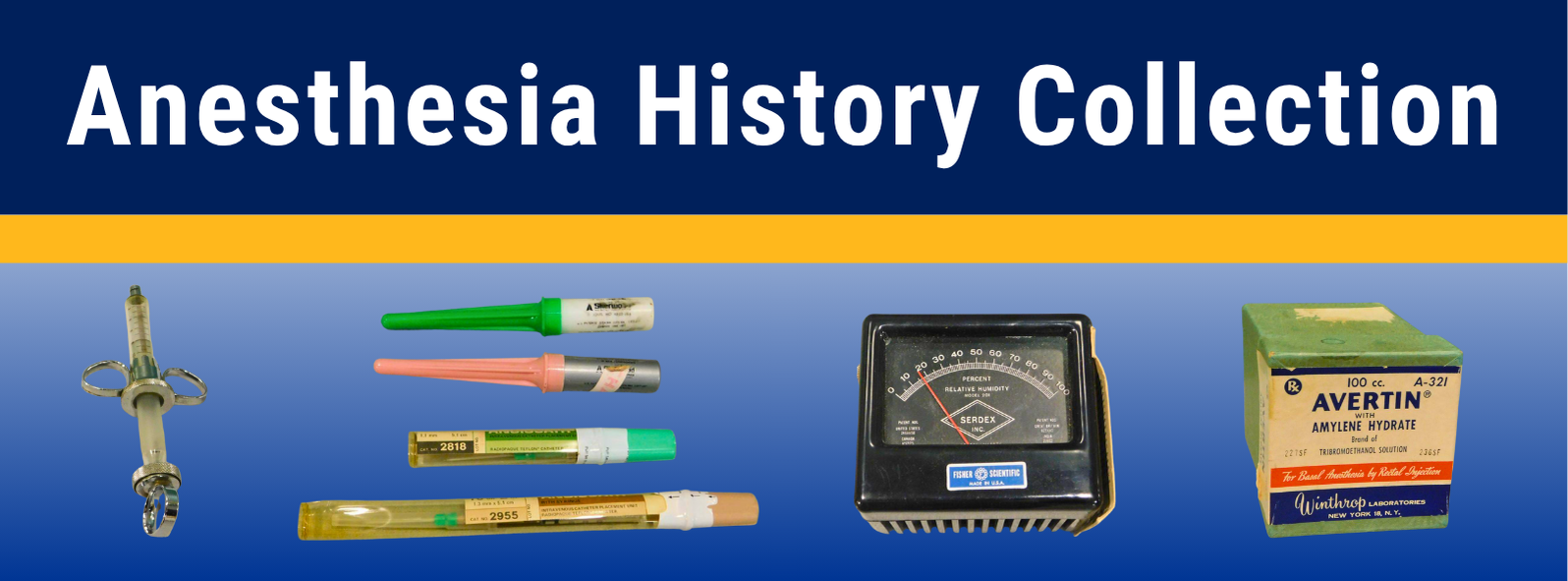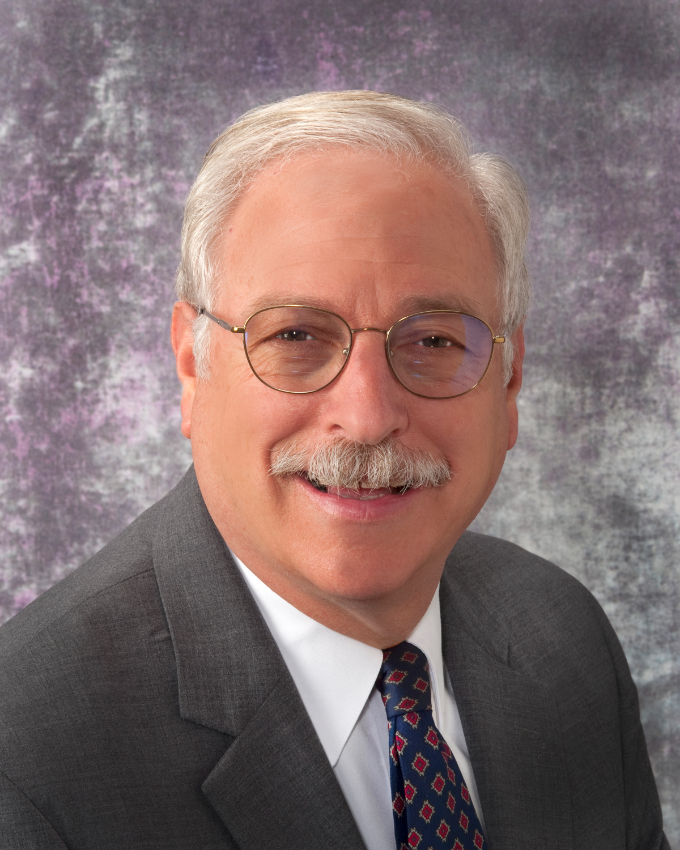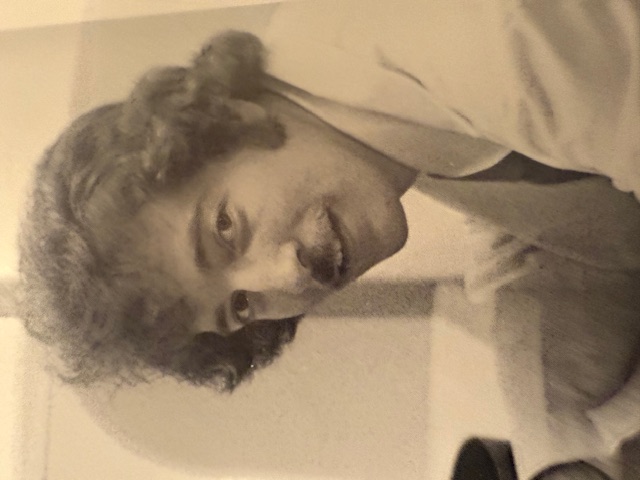
The Department of Anesthesiology and Perioperative Medicine is proud to unveil a new exhibit that chronicles more than a century of innovation in anesthetic care. Housed in our main administrative offices on the 13th floor of Scaife Hall at the University of Pittsburgh, the exhibit features a curated collection of historical anesthesia devices that illuminate the evolution of the specialty—from manually operated instruments to today’s high-precision, monitored systems.

The collection was donated by Andrew Herlich, DMD, MD, FAAP, FASA, FAAOMS (H), Professor Emeritus of Anesthesiology and Perioperative Medicine. A nationally recognized expert in airway management and anesthetic care for dental and surgical patients, Dr. Herlich has had a distinguished career bridging the fields of dentistry and anesthesiology. He has held numerous leadership roles in our department, including Chief Anesthesiologist at UPMC Eye and Ear Hospital and UPMC Mercy, Vice Chair for Faculty Development, and Special Assistant to the Chair for Academic and Faculty Affairs. After retiring from clinical practice in 2019, Dr. Herlich served as Professor and Interim Chair of the Department of Dental Anesthesiology at the University of Pittsburgh School of Dental Medicine from 2023 to 2024.

Dr. Herlich’s donation transforms his professional legacy into a rich educational resource—highlighting both the technical advancements and the human factors that have shaped the field. Many of the items in the collection were used by Dr. Herlich himself during his residency training in the 1970s and throughout his clinical career.
“These instruments are more than just medical tools—they’re milestones,” said Dr. Herlich. “Each one represents a step forward in our understanding of patient care, safety, and innovation. I wanted to preserve this history not just for nostalgia, but to educate and inspire future clinicians.”
The collection includes a wide array of devices, from turn-of-the-20th-century anesthesia machines to airway management tools used in the 1990s and early 2000s. Highlights include:
- Early intubation and endotracheal tubes
- Legacy syringes, catheters, and cardiac instruments
- Discontinued medications with historical relevance and unusual administration methods
- A kettle vaporizer requiring manual calculation of anesthetic gas concentrations
- A hygrometer used to monitor humidity in the operating room to prevent surgical fires
- A McKesson “Model J” anesthesia machine dating back to the late 1800s
Each artifact offers insight into an era when clinical vigilance, skill, and judgment were paramount—often in the absence of modern monitoring technologies.
Through this generous donation, Dr. Herlich offers a tangible connection to the past and a reflection on the technological, educational, and interdisciplinary advances that have shaped anesthesiology.
“I’ve had the privilege of witnessing incredible changes in anesthetic practice over the decades,” Dr. Herlich reflected. “Sharing this collection is my way of honoring the clinicians who came before us—and encouraging today’s practitioners to appreciate how far we’ve come, and how much further we can go.”
Whether you are a student, healthcare professional, or simply interested in medical history, this exhibit offers a compelling journey through the milestones, risks, and breakthroughs that have defined modern anesthetic care.
Visitors can view the artifacts in person or explore them online at the exhibit’s website:
